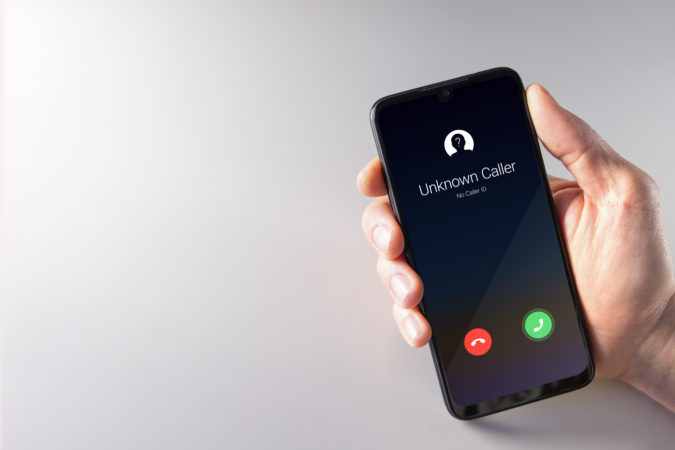
Let’s find what you’re looking for. Search our resources, blog, pages, and any other content on our website.
Voice providers are becoming STIR/SHAKEN compliant by using an industry standard for caller ID authentication. The goal is to reduce the number of illegal robocalls – which are a problem whether you’re at home, using your cell phone, or at work.
Some robocalls are legitimate. Your pharmacy may initiate a robocall to notify you that a prescription is ready, or the American Red Cross may initiate a robocall to let you know about a local blood drive. On the other hand, scammers use robocalls to swindle people out of their money, and the problem is getting worse:
Many scammers have learned how to spoof caller IDs to trick people into answering their calls. The call may look like it’s coming from a local area code, a well-known company, a bank, and even the IRS. The FCC got involved to mitigate the problem by requiring that voice providers implement STIR/SHAKEN to identify spoofed caller IDs.
On June 30, 2021, the FCC announced that this new protocol is being used by the largest voice service providers in the internet protocol (IP) portions of their networks. The FCC extended the deadline for STIR/SHAKEN compliance to 2023 for providers with fewer than 100,000 subscribers. However, they are considering shortening that extension for some of those providers because they’re seeing a large and growing number of illegal robocalls originating from that group.3
There is some confusion about what STIR/SHAKEN is and why it’s important. This blog will address those two topics.
STIR/SHAKEN is a set of standards that voice providers must implement. STIR stands for Secure Telephone Identity Revisited, and SHAKEN stands for Signature-based Handling of Asserted information using toKENs. Let’s take a look at each of these.
STIR is the product of an Internet Task Engineering Force (IETF) work group. The group defined protocols to create a digital signature used in VoIP phone calls in 2018. The protocols assist in verifying and authenticating the calling party’s identification.
SHAKEN defines how service providers implement STIR technology. It sets standards for implementing STIR protocols and defines how providers handle STIR-authenticated calls.
How does STIR/SHAKEN work? Here’s a basic explanation. When a call is initiated, the VoIP provider looks at the telephone number and the session initiation protocol (SIP) invite, and assigns an attestation level:
Once the attestation level is assigned, the provider creates a SIP header that includes information such as the caller and recipient’s telephone numbers, a timestamp, and the attestation level. The provider sends the SIP header to the receiving provider that reads the header and sends it to a verification service. The service does its own testing, including searching through known spam databases and comparing the data to information provided by other service providers. If the identity of the caller is authenticated using STIR/SHAKEN standards, the call is routed through to the recipient.
VoIP is more powerful when it is used as a part of a unified communications system. Unified communications as a service (UCaaS) is a cloud methodology that transforms the way organizations communicate by combining all methods of digital communication into a common platform.
Learn more about the benefits of UCaaS in our white paper
STIR/SHAKEN compliance is important enough for the FCC to take a regulatory stand by requiring compliance from providers. It will provide a number of benefits.
VoIP provides businesses of all sizes and in all industries with the features, flexibility, and scalability that help you compete in today’s digital environment. But since regulations are changing, you also need to work with a VoIP partner that can protect you and your employees and increase your security.
Access One’s VoIP services give you the leading-edge technology you need to help grow your business. If you have questions about STIR/SHAKEN for your company, or questions about VoIP in general, don’t hesitate to contact the experts at Access One.
Sources
2 | https://www.comparitech.com/blog/information-security/phone-spam-statistics/
3 | https://docs.fcc.gov/public/attachments/DOC-373714A1.pdf
4 | https://expertinsights.com/insights/50-phishing-stats-you-should-know/